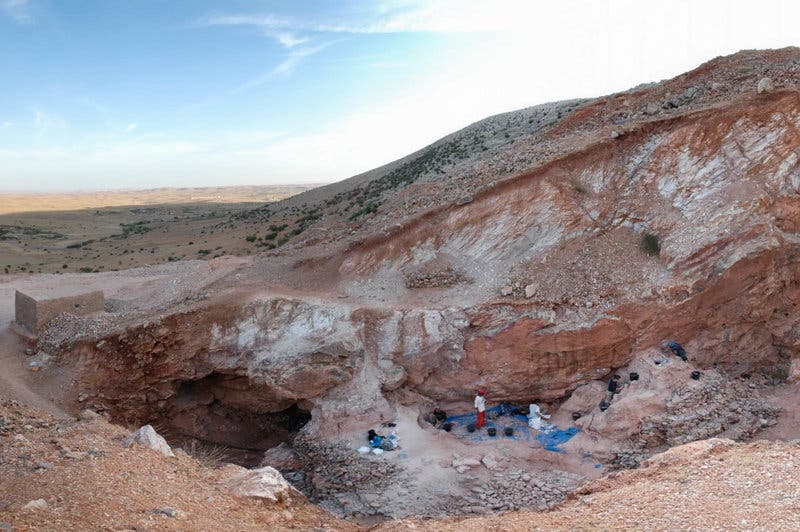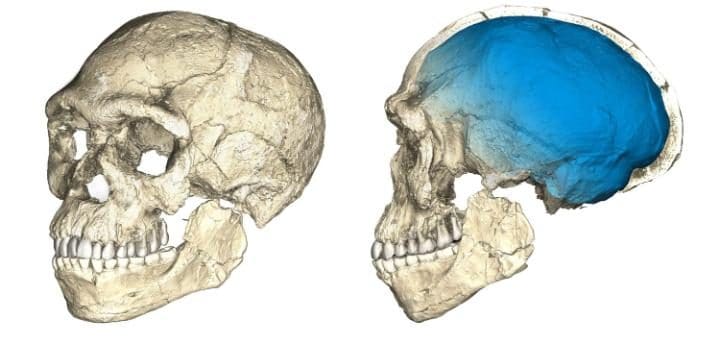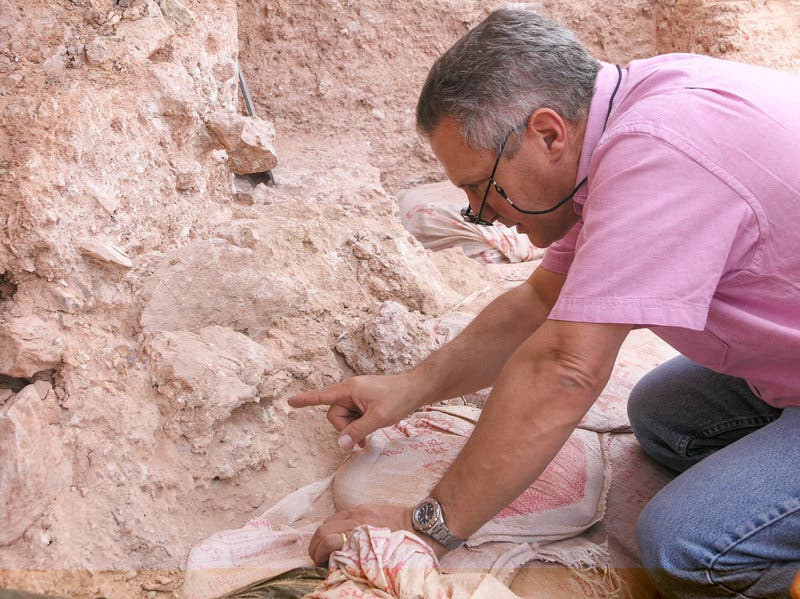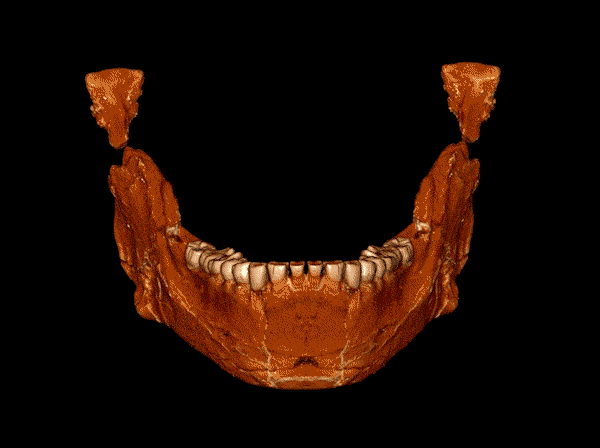
The first members of our species, Homo Sapiens, evolved at least 300,000 years ago, the fossil remains of five individuals seem to suggest. This means humans first appeared at least 100,000 earlier than previously thought. Up until this news, the narrative was that humans first evolved in Eastern Africa some 200,000 years ago. The new discovery, however, shows that our story is far more complex than that. Instead, the evidence so far indicates there were multiple nexuses rather than a single Cradle of Mankind.

One lucky campfire
The 22 human fossils were excavated from northwest Morocco, in a barite mine at Jebel Irhoud some 60 kilometers from Marrakech. Not all of the fossils from this newly presented catalog are new. Many were collected during the 1960s but had been imprecisely dated to 40,000 years ago. But even then, the dating didn’t make sense to many scholars. Though the skulls were shaped such that their faces would have been indistinguishable from modern humans, the shape of braincase suggests they had a much more primitive brain.
Jean-Jacques Hublin of the Max Planck Institute for Evolutionary Anthropology in Germany visited Jebel Irhoud several times in the 80s and 90s only to officially resume excavations in 2004. Steadily, Hublin and colleagues began to find evidence of a different picture.
The cave is thought to have served as shelter for this band of early humans and others like them. Inside, excavators found flint tools that were fashioned into spear heads. The material from which they were made is believed to have been sourced 15 kilometers away from the cave.
In fact, it was a burned piece of flint that was responsible for the breakthrough. Using thermoluminescence dating, a determination based on the time elapsed since a crystalline material was either heated (lava, ceramics) or exposed to sunlight (sediments), the team was able to date the flint to about 300,000 years old. Gazelle and zebra bones suggest game was butchered and cooked inside the cave. They reported their findings in the journal Nature.

“It’s not just that we have an older date for the older forms of Homo sapiens but also it allowed us to envision a rather more complex picture for the emergence of our species with different parts of our anatomy evolving at different rates,” Hublin said in a statement alluding to the rather primitive brain characteristics of the early humans found at Jebel Irhoud.
“Some things were fixed early in a modern way and others took a lot longer to reach the modern condition,” Hublin said. “In short, the the story of our evolution over the past 300,000 years is mostly the evolution of our brains.”

Rewriting our species history
This is a striking discovery, which might force us to rewrite the proverbial history books. It means that modern human facial morphology was established even 300,000 years ago. Were you to met a person from that time on our streets today, you wouldn’t call him something other than human. It also follows that in these last couple hundred-thousand-years the Homo sapiens lineage has focused heavily on improving brain shape, and possible brain function. Our 300-thousand-year old ancestor might have looked the same but he likely wasn’t as sharp-witted as most of us Homo sapiens sapiens.
The real story here, though, is the story of mankind itself.
There long was this consensus that our species first appeared in Eastern Africa some 200,000 years ago and from there on dispersed to Northern Africa, then Europe through the Middle East. By 25,000 years ago, humans had set foot on every continent on the planet but Antarctica.
In the past decade, however, we’ve come to fjnd 260,000-year-old early human fossils in South Africa, as well as other fossils from 195,000 years ago in Ethiopia. Coupled with this most recent study, a more convincing hypothesis suggests humans didn’t evolve in one single region of Africa.
“There is no Garden of Eden in Africa, or if there is a Garden of Eden, it’s Africa. The Garden of Eden is the size of Africa,” Hublin said.






